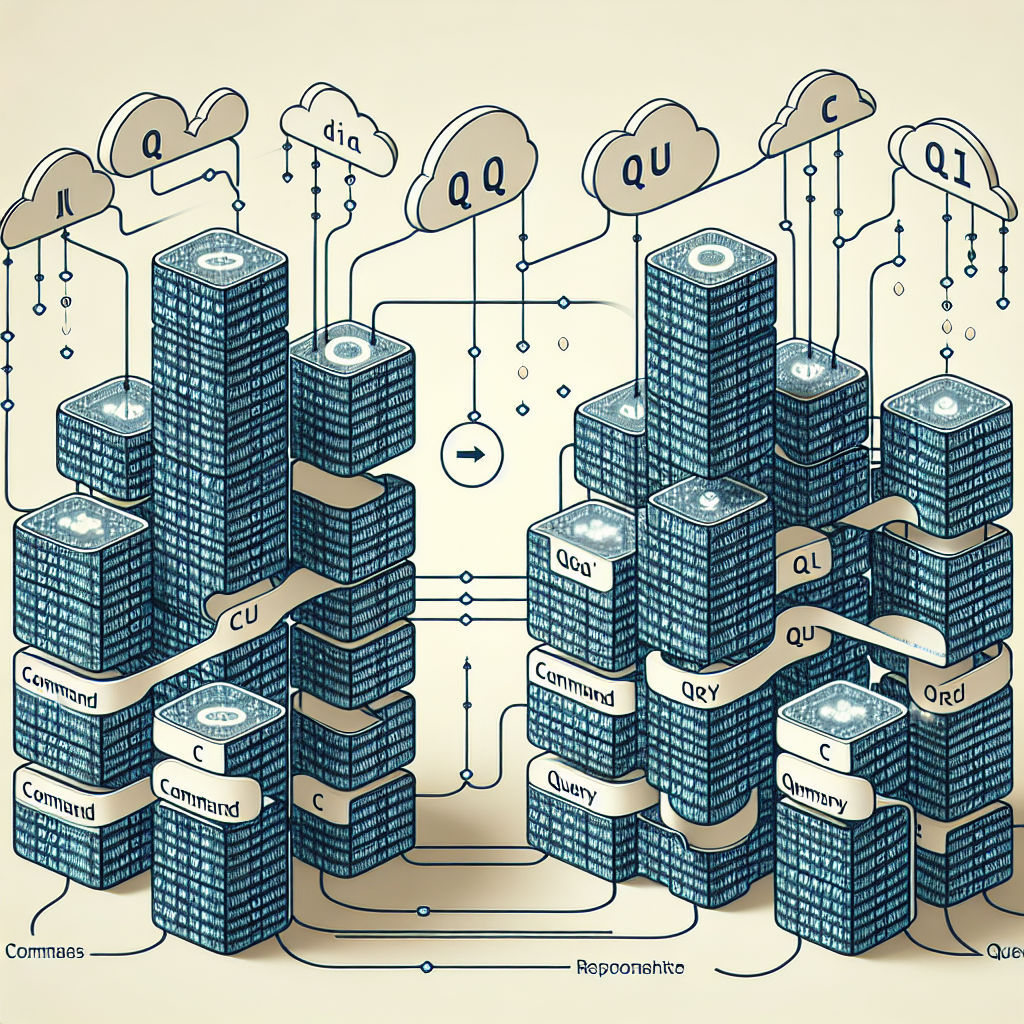CQRS Pattern in Microservices Architecture

Microservices architecture has revolutionized the way we design and build modern applications. With its emphasis on scalability, flexibility, and maintainability, microservices have become the go-to approach for developing complex systems. However, as the complexity of these systems grows, so does the need for efficient data management and communication between microservices. This is where the Command Query Responsibility Segregation (CQRS) pattern comes into play, providing a powerful solution for managing data consistency and improving performance in microservices architecture.

What is CQRS?
CQRS is an architectural pattern that separates the responsibilities of reading and writing data in an application. Unlike the traditional CRUD (Create, Read, Update, Delete) approach, where a single data model is used for both reading and writing operations, CQRS splits the data model into two distinct models: the command model and the query model.
The command model handles write operations and represents the intent to change the system’s state. It encapsulates commands such as creating or updating data. On the other hand, the query model focuses on read operations and provides optimized data access for queries, often using dedicated read models or denormalized views.
Key Benefits of CQRS in Microservices Architecture
-
Enhanced Scalability: By decoupling the read and write operations, CQRS allows for independent scaling of each component. This means that the read and write sides of the application can be scaled horizontally based on their specific demands. For example, if a system receives a high volume of read requests, the read model can be scaled independently to handle the load without affecting the write model.
-
Improved Performance: CQRS enables the optimization of data models specifically tailored for read operations. Read models can be denormalized or precomputed to provide faster query responses. Since the query side is designed to serve specific query requirements, it can be optimized for high performance, resulting in improved response times and reduced latency.
-
Simplified Complexity: As microservices architectures grow in size and complexity, managing data consistency across multiple services becomes challenging. CQRS simplifies this task by enforcing a clear separation between read and write operations. Each microservice can focus on its specific responsibility, reducing complexity and making the system more maintainable.
-
Flexibility in Data Storage: CQRS allows different data storage technologies to be used for the command and query models. For example, the write model may use a traditional relational database, while the read model can leverage a NoSQL database or an in-memory cache. This flexibility enables choosing the most suitable storage technology for each specific use case, maximizing performance and scalability.
-
Evolving and Scaling Independently: With CQRS, the read and write models can evolve independently. This means that changes to the write model, such as adding new fields or modifying the data structure, won’t impact the read model as long as the query requirements are still satisfied. Additionally, as new features or business requirements emerge, individual components can be scaled or modified without affecting the entire system.
Conclusion
The CQRS pattern offers significant benefits in microservices architecture by separating the responsibilities of reading and writing data. By leveraging dedicated command and query models, organizations can achieve enhanced scalability, improved performance, simplified complexity, flexibility in data storage, and the ability to evolve and scale independently. However, it’s important to note that CQRS adds complexity to the system and should be carefully considered based on the specific requirements of the application. When implemented correctly, CQRS empowers developers to build highly scalable and performant microservices systems that can handle the demands of modern applications.